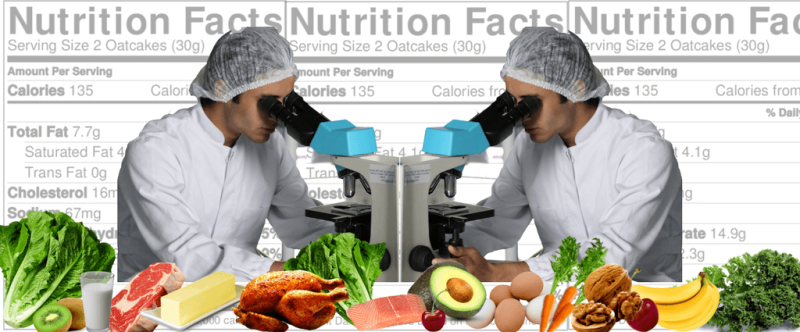How refreshing! A study examines the entanglement of our eating and aging metabolism. What may be good for a teen is not so good for a senior. While the study describes modeling based upon a limited population and annual memory-limited food recall, it is based upon recognizing the complexity that most nutritional studies avoid. For example, consider this statement by the researchers concerning nutrient analysis and aging:
…Nutrients have both individual and interactive effects … Similarly, the numerous phenotypic changes that occur with age are increasingly recognized as interconnected and multidimensional … the effects of a single nutrient, diet, molecular mechanism or biomarker is likely to be context-dependent; a consequence being that the results of univariate studies are spurious and/or more difficult to reproduce, leading to inconsistent conclusions between studies.
They “grok” the problem.
The model was based on “community-dwelling” (as opposed to nursing-home dwelling) Canadians in Quebec aged 67-84. Roughly 1,800 individuals in generally good health were recruited and examined every three years beginning in 2003. In addition to “3 non-consecutive 24-hour recalls” of diet annually, the database included the usual demographics and health conditions. The researchers categorized two qualities: the participants’ biological age and diets.

The biological aging process is no more tractable than nutrition. There is no clear consensus as to what aging is, though most researchers now agree it is multi-factorial … a compound process.
Our chronological age is often not a good measure of our biological age – how worn down our physiological responses are. To get at biological aging, the researchers used 30 blood-based biomarkers that reflected five “systems” impacted by aging: Oxygen transport, liver, and kidney function, leukopoiesis (the ability to generate white blood cells from stem cells), a measure of immune function, micronutrient levels, and lipid levels. The researchers report these values as a dysregulation score. This is a variation of what is generally termed a “fragility index,” using abnormal laboratory values to quantify our biological versus chronological age (you can read more about it here).

Credit: Senior et. al.
Modeling diet
They used eight models with increasing complexity and interactions between micro and macronutrient intake. The different modelsnot only noted the amount of these nutrients but their relationship to one another, a distinct difference from “univariable” dietary studies. They then correlated the dietary models, what people had eaten, with evidence of dysregulation, orbiological aging among the study participants. Here are a few of their key qualitative findings. [1]
Even their most complex model, when considering micro- and macronutrients and other “potential” predictors of health status, “explain less than 5%” of the dysregulation.
- Above-average protein intake coupled with α-tocopherol (Vitamin E) was associated with the lowest levels of dysregulation.
- Above-average carbohydrate intake with average protein and lipid intake was associated with the lowest levels of “biological aging.”
Their dysregulation score is only one means of measuring biological age; the components of optimum nutrition can vary significantly depending on what you seek to optimize.
Elevated vitamin E intake can produce either low or high micronutrient dysregulation scores, depending upon the level of vitamin C intake.
Two important takeaways here. First, nutrients interact with one another, studies of nutrients in isolation do not tell the whole story. Second, the impact of a nutrient, in this case, vitamin E, is not linear; it exhibits a Goldilocks range of too high or too low.

Isolating variables and altering them one at a time has proven to be a very effective means of understanding chemistry and physics. But its value is much more limited in dynamic systems like biological systems. Thebottom line is that most dietary studies and advice looking at this or that effect of micro or macronutrients on our health is too simplified and erroneous.
…Our study therefore provides further support to the importance of looking beyond ‘single nutrient at a time’ … Our results advocate against the popular practice of eating to maximize or minimize certain nutrients. The dose-response relationship is often U-shaped, and highly dependent on context … our physiology is often robust enough to tolerate relatively wide variation without much consequence.
Notes:
[1] The models incorporate three dimensions and are best interpreted by visualization rather than quantification. We are spared the p-values of multiple regressions. Let us assume that the visualizations, the bulk of which are in the study’s supplements, are appropriately described.Source: Multidimensional associations between nutrient intake and healthy ageing in humans BMC Biology DOI: 10.1186/s12915-022-01395-z
Dr. Charles Dinerstein, M.D., MBA, FACS is the Medical Director at the American Council on Science and Health. He has over 25 years of experience as a vascular surgeon. He completed his MBA with distinction in the George Washington University Healthcare MBA program and has served as a consultant to hospitals.
A version of this article was posted at American Council on Science and Health and is used here with permission. You can check out the American Council on Science and Health on Twitter @ACSHorg































